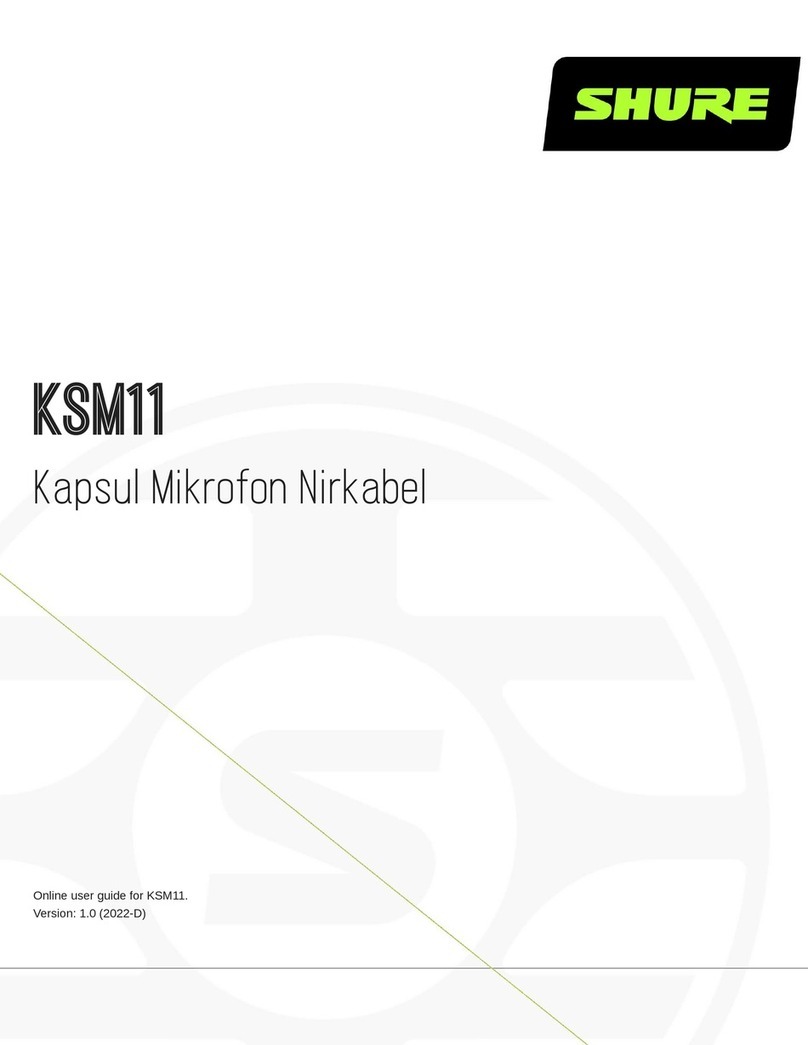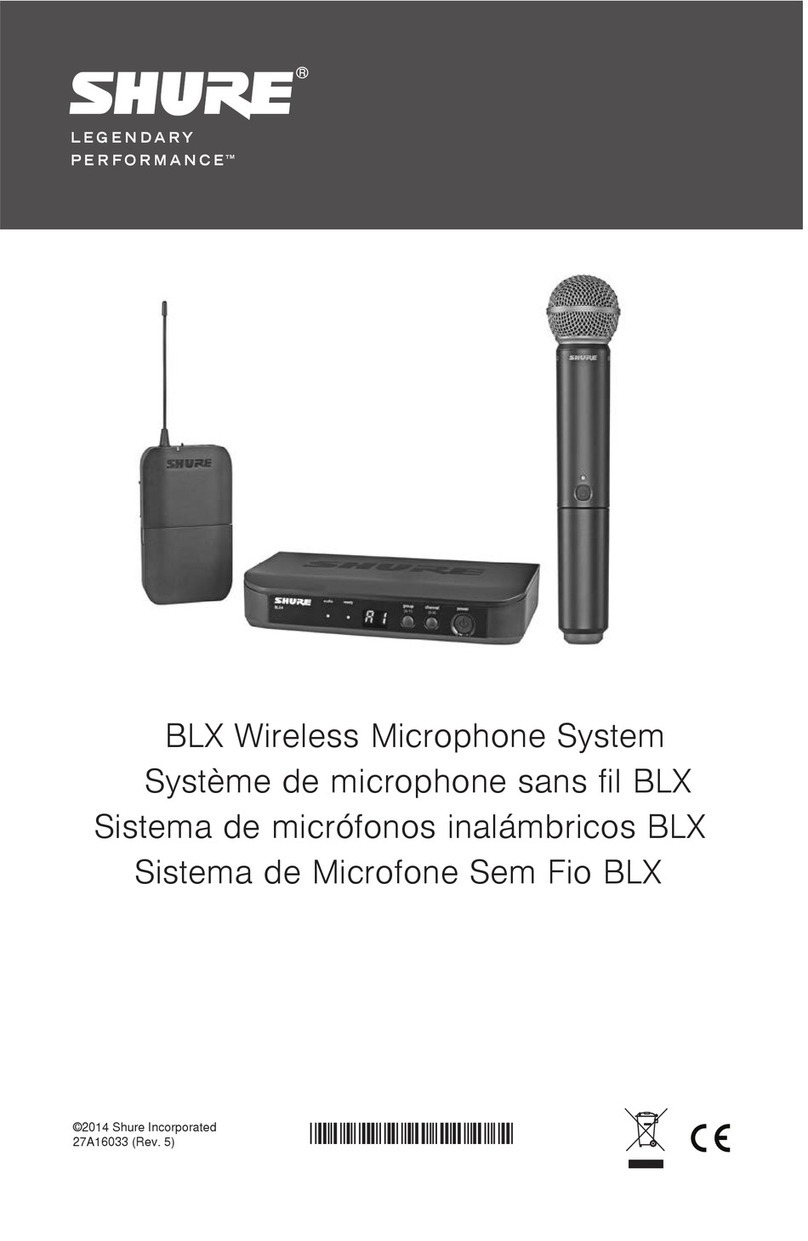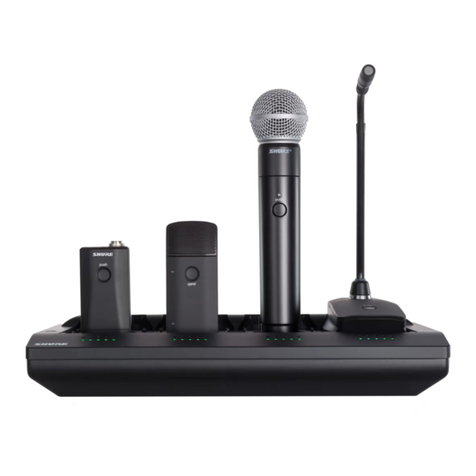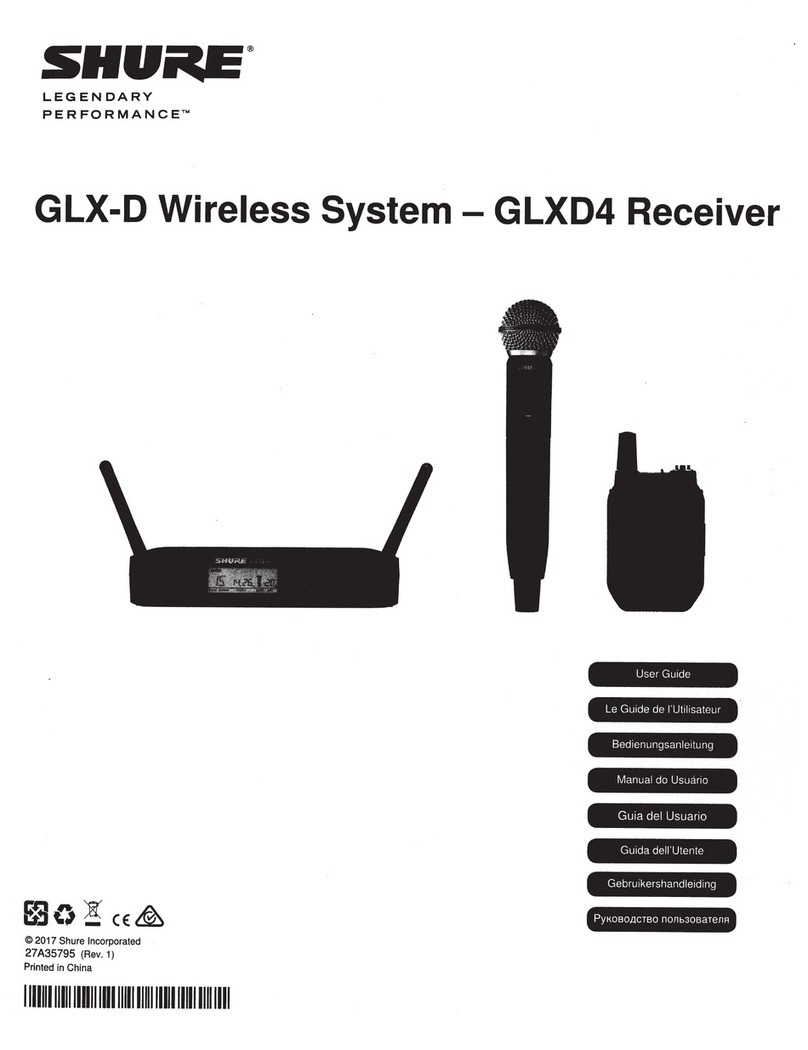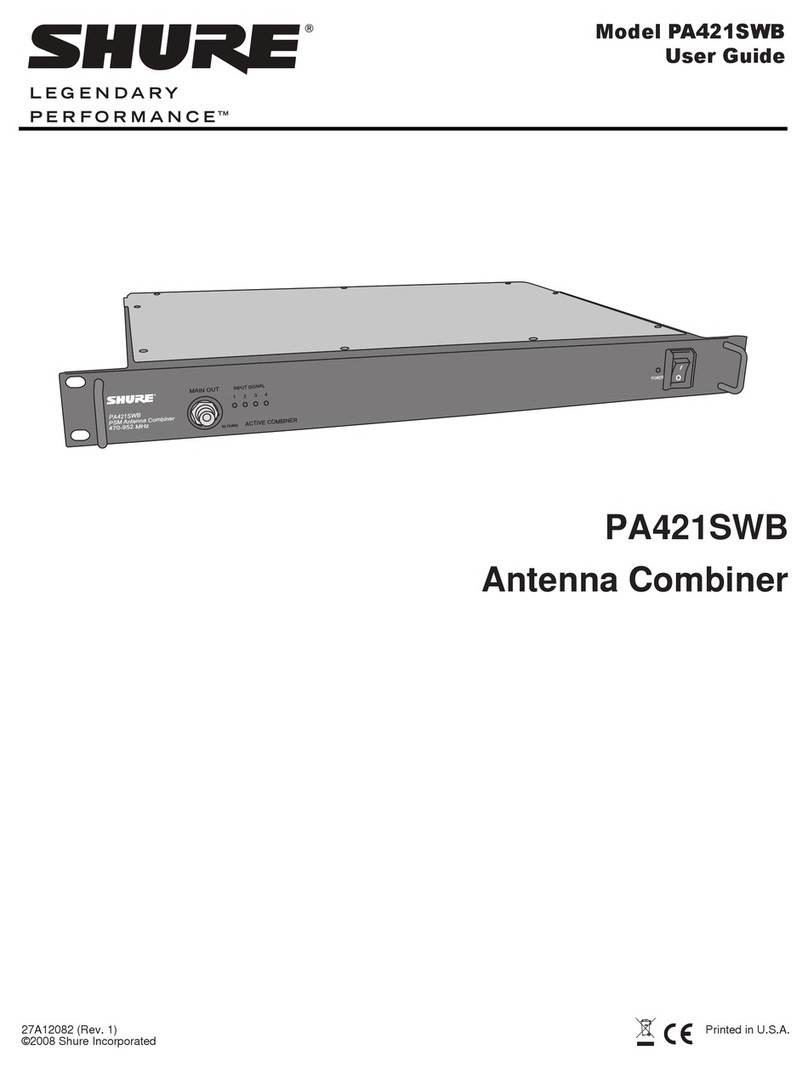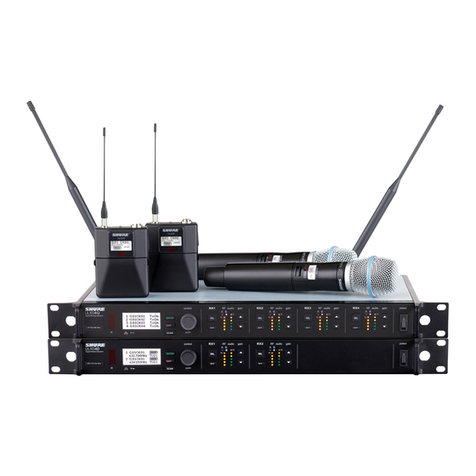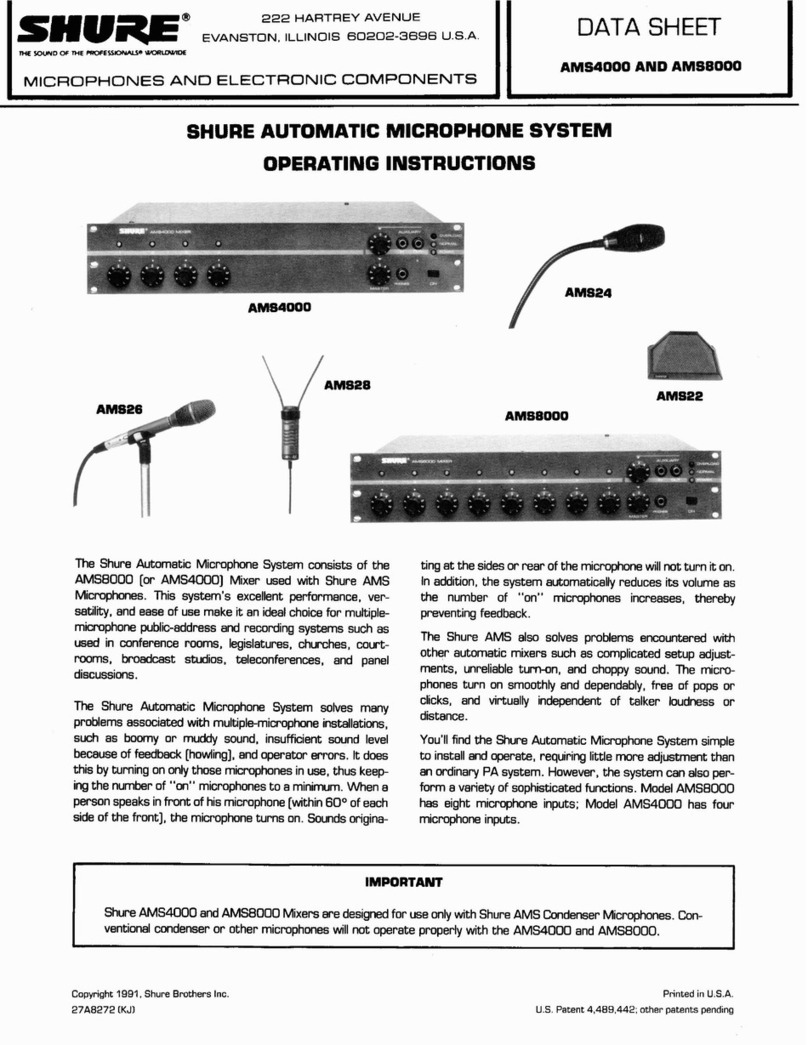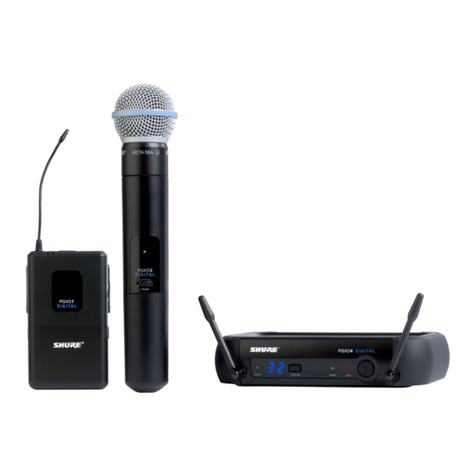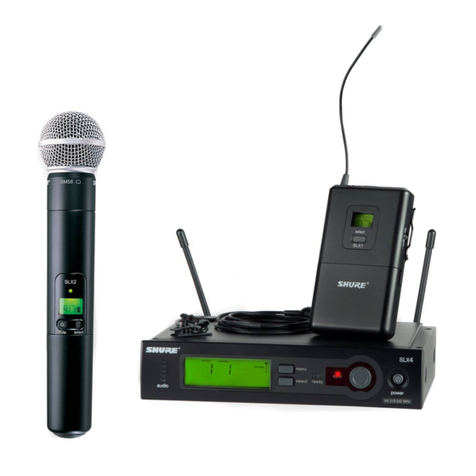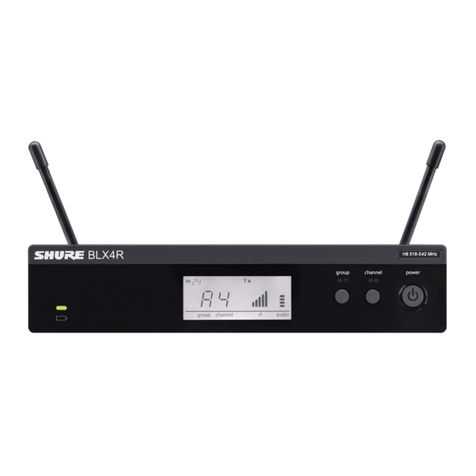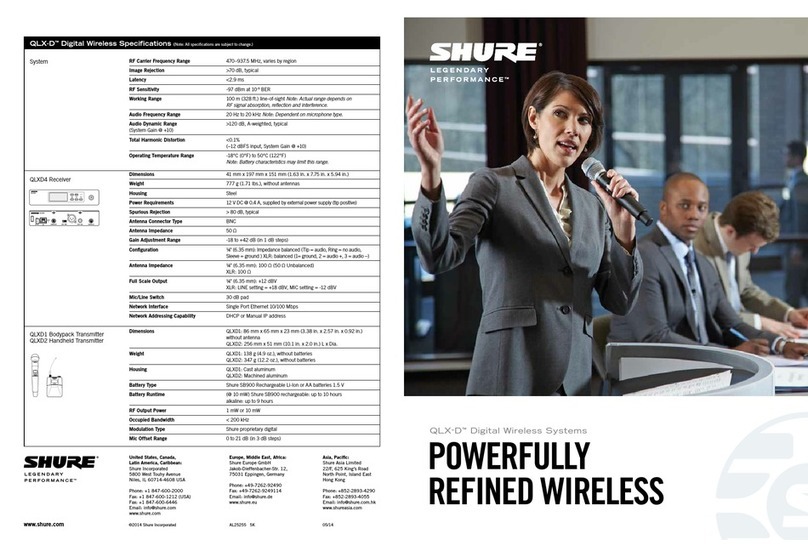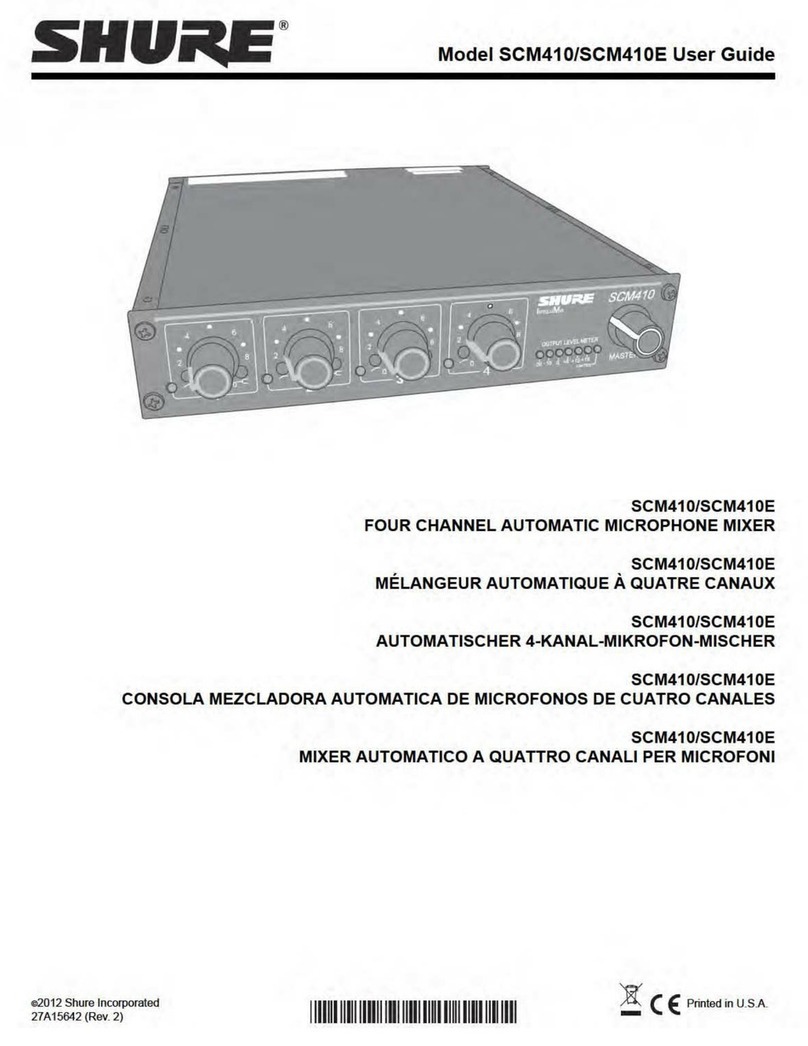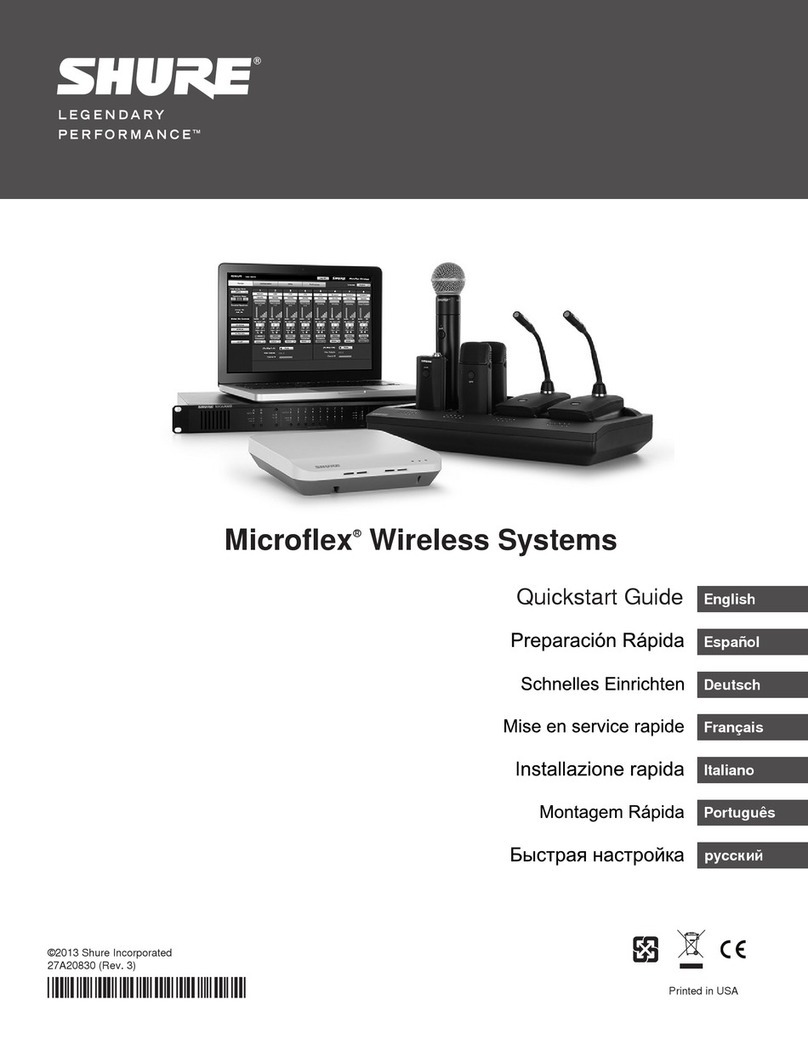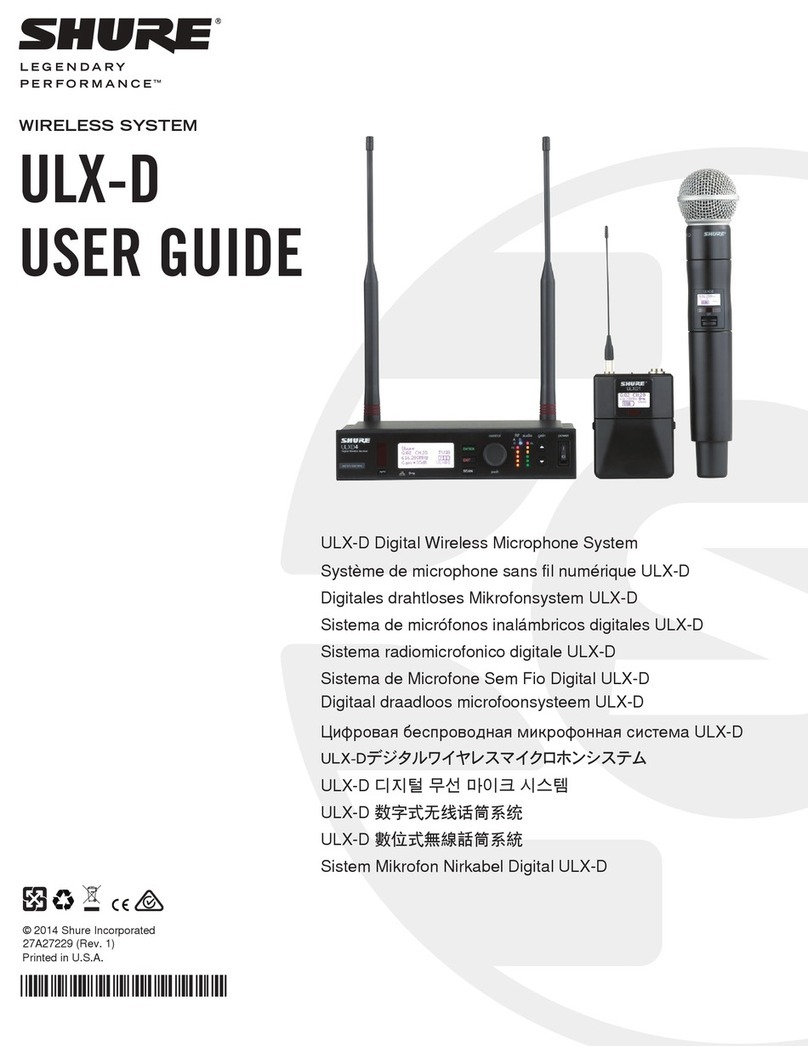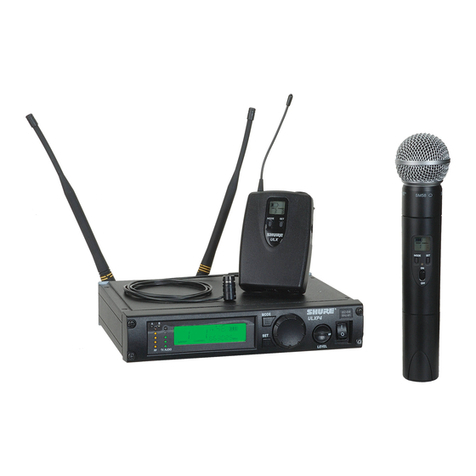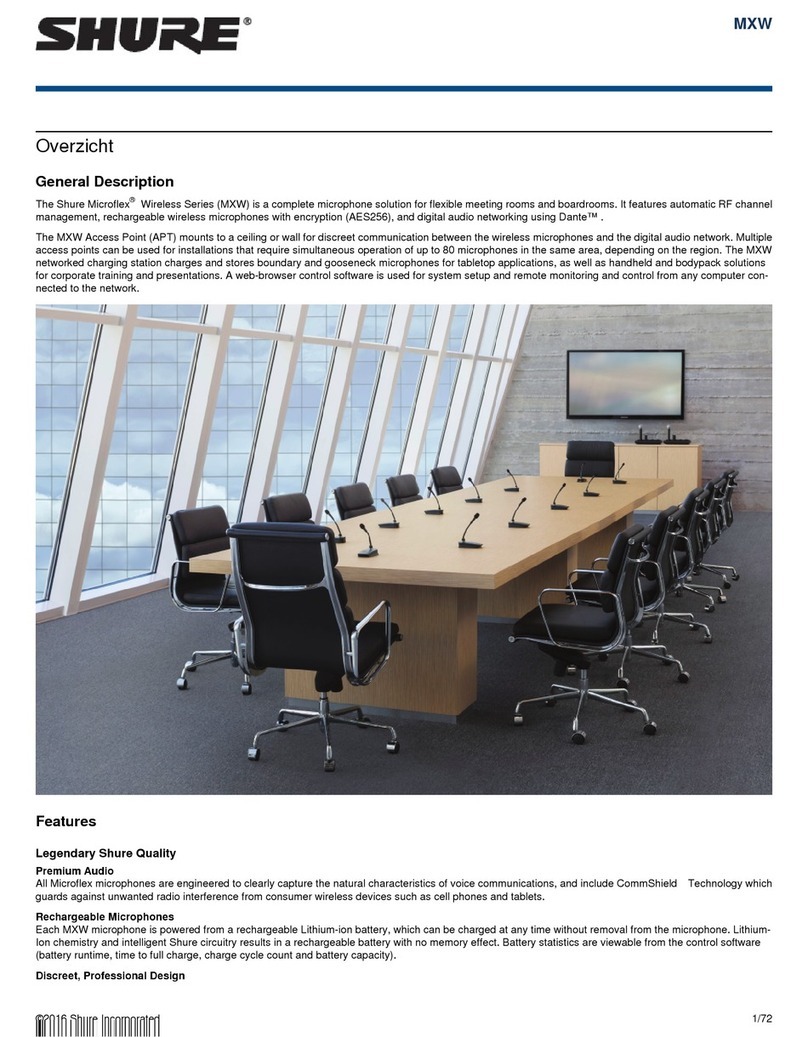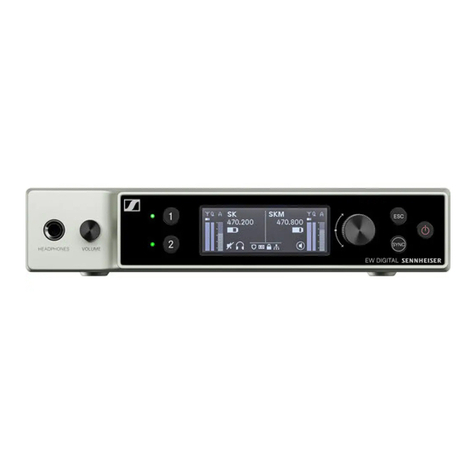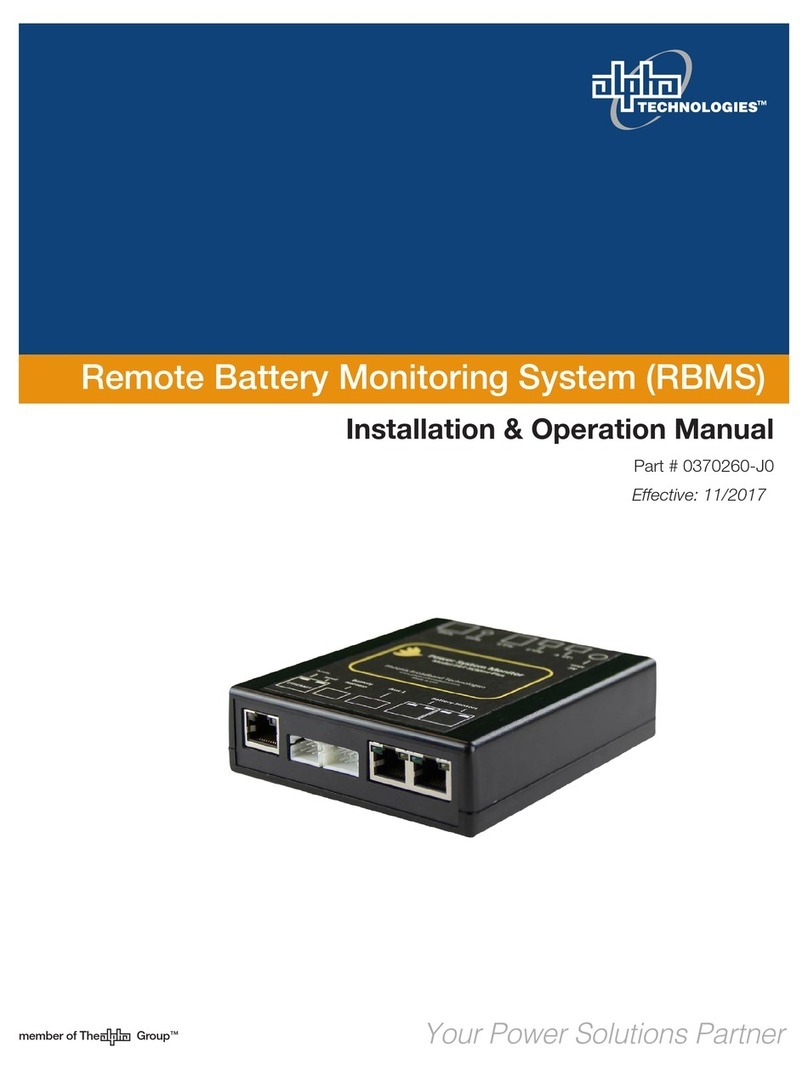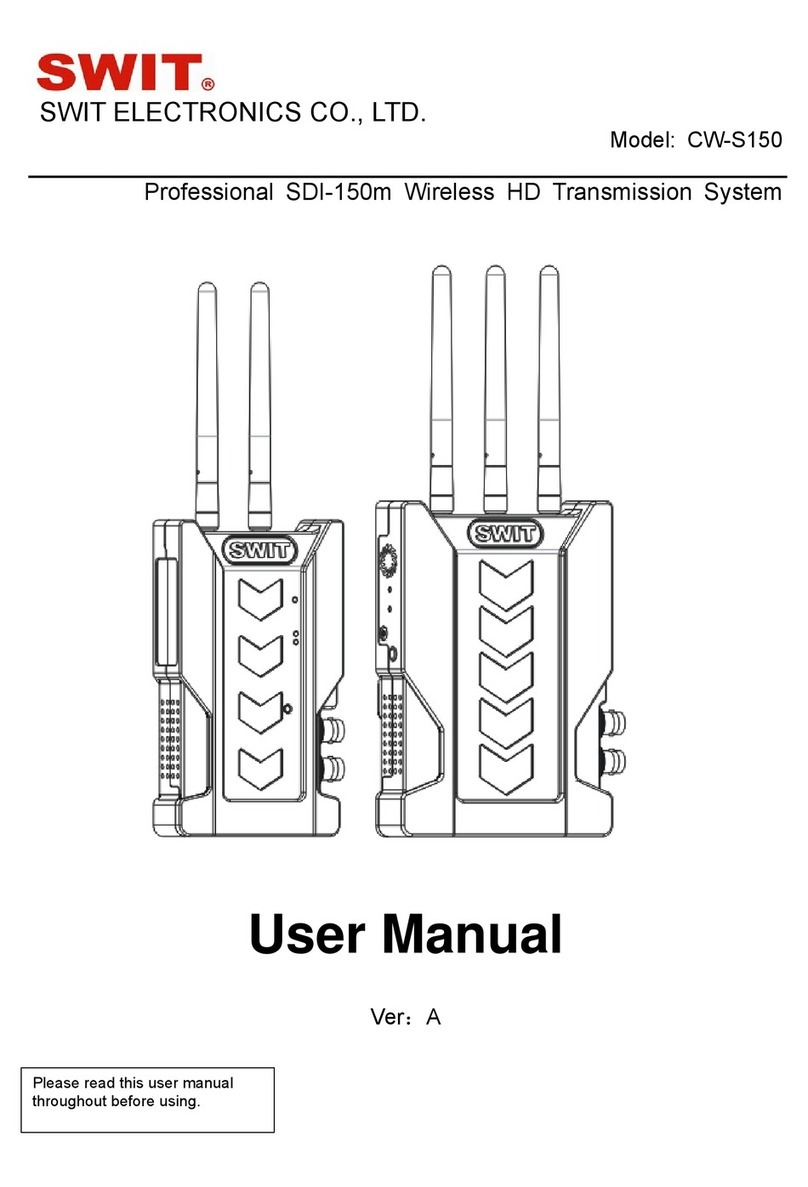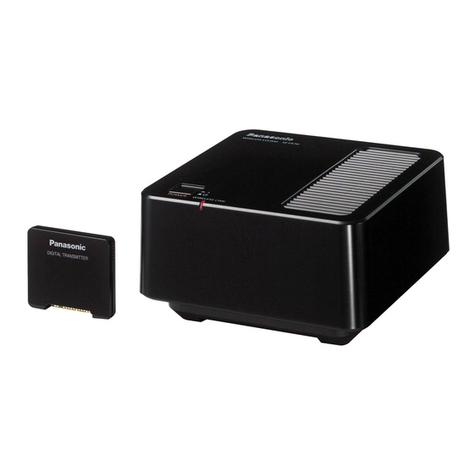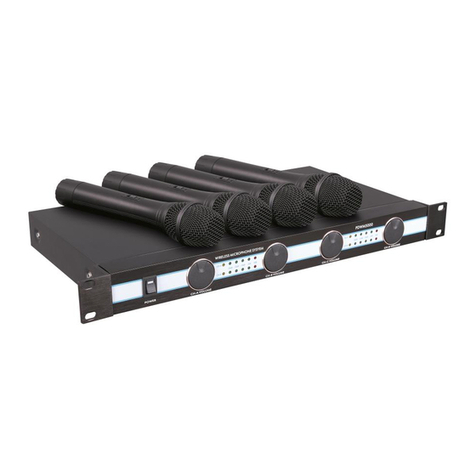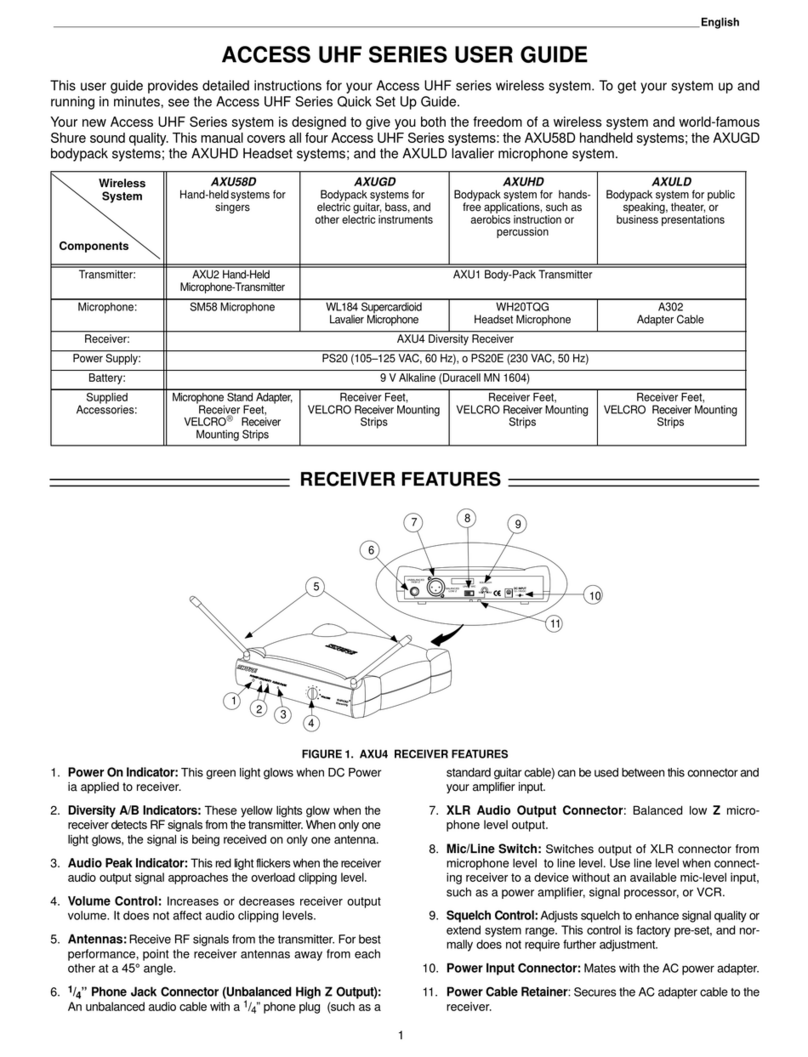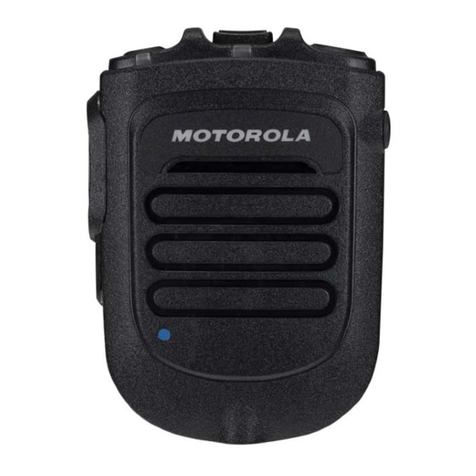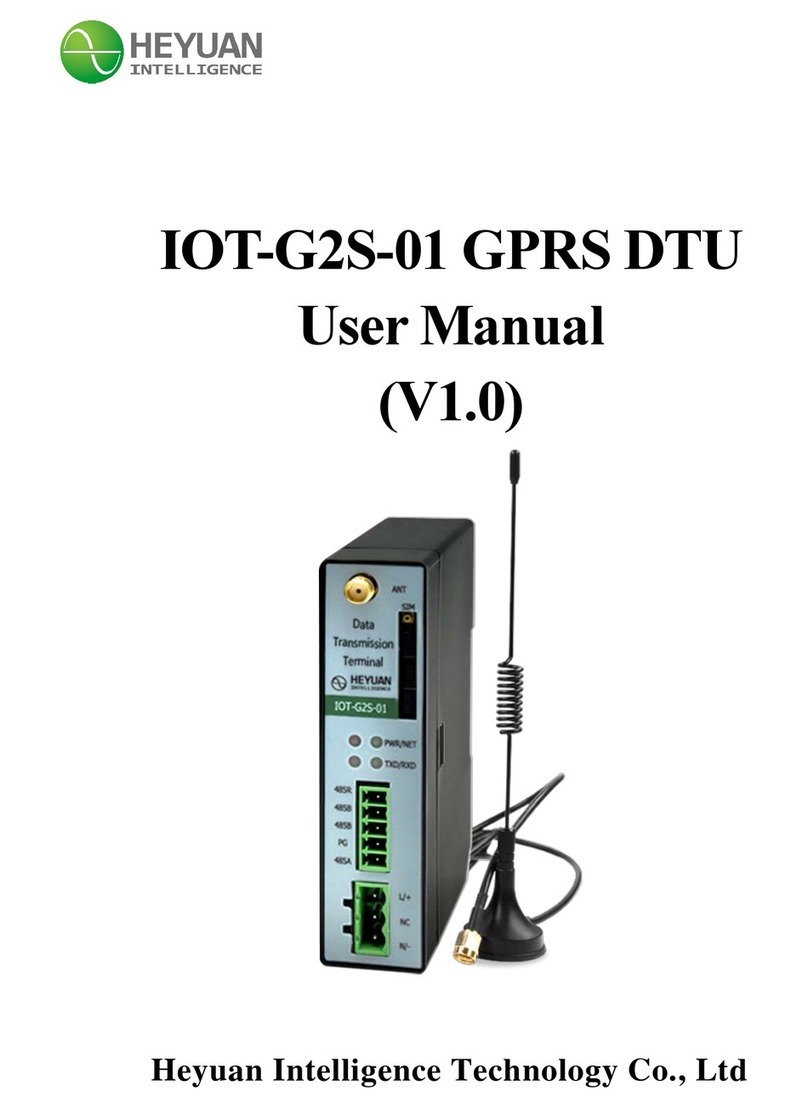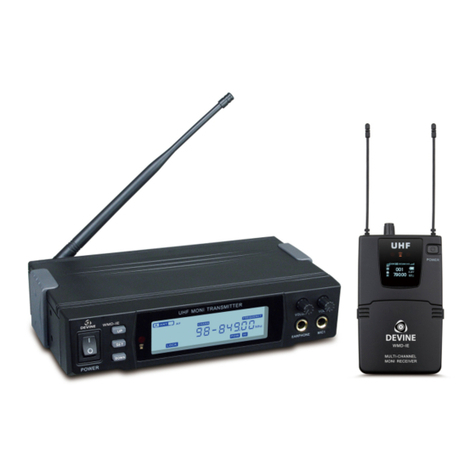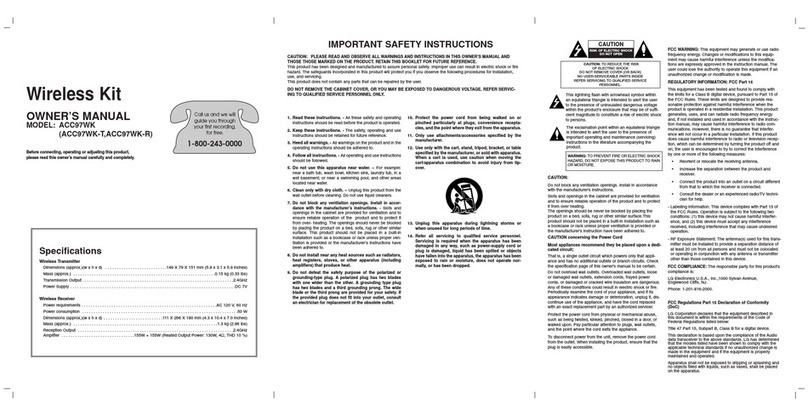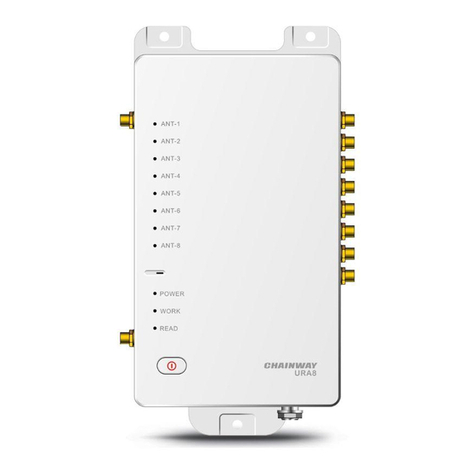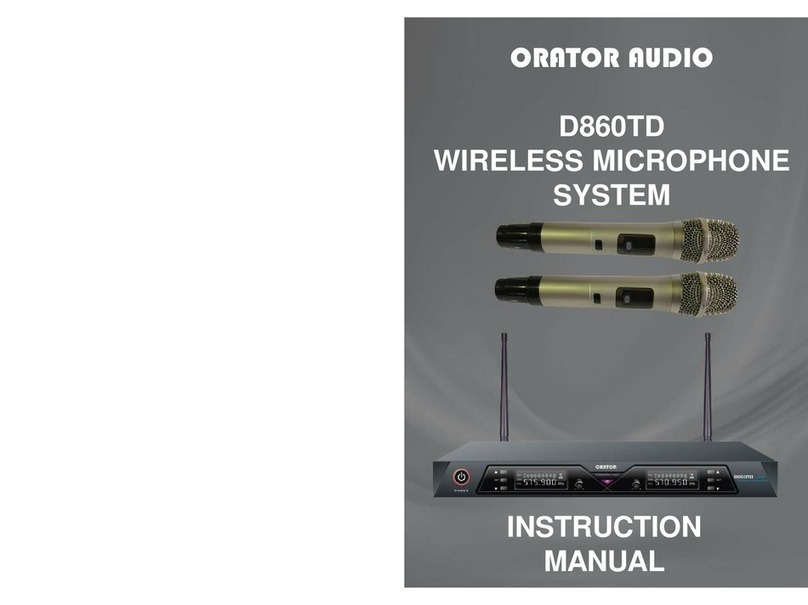
iii
! CONSIGNES DE SÉCURITÉ IMPORTANTES !
LIRE ces consignes.1.
CONSERVER ces consignes.2.
OBSERVER tous les avertissements.3.
SUIVRE toutes les consignes.4.
NE PAS utiliser cet appareil à proximité de l’eau.5.
NETTOYER UNIQUEMENT avec un chion sec.6.
NE PAS obstruer les ouvertures de ventilation. Installer en respec-7.
tant les consignes du fabricant.
Ne pas installer à proximité d’une source de chaleur telle qu’un8.
radiateur, une bouche de chaleur, un poêle ou d’autres appareils
(dont les amplicateurs) produisant de la chaleur.
NE PAS détériorer la sécurité de la che polarisée ou de la che 9.
de terre. Une che polarisée comporte deux lames dont l’une est
plus large que l’autre. Une che de terre comporte deux lames et
une troisième broche de mise à la terre. La lame la plus large ou
la troisième broche assure la sécurité de l’utilisateur. Si la che
fournie ne s’adapte pas à la prise électrique, demander à un élec-
tricien de remplacer la prise hors normes.
PROTÉGER le cordon d’alimentation an que personne ne mar-10.
che dessus et que rien ne le pince, en particulier au niveau des
ches, des prises de courant et du point de sortie de l’appareil.
UTILISER UNIQUEMENT les accessoires spéciés par le 11.
fabricant.
12.
DÉBRANCHER l’appareil pendant les orages ou quand il ne sera13.
pas utilisé pendant longtemps.
CONFIER toute réparation à du personnel qualié. Des répara-14.
tions sont nécessaires si l’appareil est endommagé de quelque
façon que ce soit, comme par exemple : cordon ou prise
d’alimentation endommagé, liquide renversé ou objet tombé à
l’intérieur de l’appareil, exposition de l’appareil à la pluie ou à
l’humidité, appareil qui ne marche pas normalement ou que l’on a
fait tomber.
NE PAS exposer cet appareil aux égouttures et aux éclabousse-15.
ments. NE PAS poser des objets contenant de l’eau, comme des
vases, sur l’appareil.
La prise SECTEUR ou un adaptateur d’alimentation doit toujours16.
rester prêt(e) à être utilisé(e).
Le bruit aérien de l’appareil ne dépasse pas 70 dB (A).17.
L’appareil de construction de CLASSE I doit être raccordé à une18.
prise SECTEUR dotée d’une protection par mise à la terre.
Pour réduire les risques d’incendie ou de choc électrique, ne pas19.
exposer cet appareil à la pluie ou à l’humidité.
Ne pas essayer de modier ce produit. Une telle opération est 20.
susceptible d’entraîner des blessures ou la défaillance du produit.
UTILISER uniquement avec un chariot, un pied, un trépied,
un support ou une table spécié par le fabricant ou vendu
avec l’appareil. Si un chariot est utilisé, déplacer l’ensemble
chariot-appareil avec précaution an de ne pas le renverser,
ce qui pourrait entraîner des blessures.
! ISTRUZIONI IMPORTANTI PER LA SICUREZZA !
EGGETE queste istruzioni.1.
CONSERVATE queste istruzioni.2.
OSSERVATE tutte le avvertenze.3.
SEGUITE tutte le istruzioni.4.
NON usate questo apparecchio vicino all’acqua.5.
PULITE l’apparecchio SOLO con un panno asciutto.6.
NON ostruite alcuna apertura per l’aria di rareddamento. Installa-7.
te l’apparecchio seguendo le istruzioni del costruttore.
NON installate l’apparecchio accanto a fonti di calore quali radia-8.
tori, aperture per l’eusso di aria calda, forni o altri apparecchi
(amplicatori inclusi) che gen-erino calore.
NON modicate la spina polarizzata o con spinotto di protezione. 9.
Una spina polarizzata è dotata di due lame, una più ampia dell’al-
tra. Una spina con spinotto è dot-ata di due lame e di un terzo
polo di messa a terra. La lama più ampia ed il terzo polo hanno lo
scopo di tutelare la vostra incolumità. Se la spina in dotazione non
si adatta alla presa di corrente, rivolgetevi ad un elettricista per far
eseguire le modiche necessarie.
EVITATE di calpestare il cavo di alimentazione o di comprimerlo, 10.
specie in corri-spondenza di spine, prese di corrente e punto di
uscita dall’apparecchio.
USATE ESCLUSIVAMENTE i dispositivi di collegamento e gli 11.
accessori specicati dal costruttore.
12.
SCOLLEGATE l’apparecchio dalla presa di corrente in caso di13.
temporali o di non utilizzo per un lungo periodo.
RIVOLGETEVI a personale di assistenza qualicato per qualsiasi 14.
intervento. È necessario intervenire sull’apparecchio ogniqualvolta
sia stato danneggiato, in qualsiasi modo, ad esempio in caso di
danneggiamento di spina o cavo di alimentazione, ver-samento di
liquido sull’apparecchio o caduta di oggetti su di esso, esposizione
dell’apparecchio a pioggia o umidità, funzionamento irregolare o
caduta.15.NON esponetelo a sgocciolamenti o spruzzi. NON ap-
poggiate sull’apparecchio oggetti pieni di liquidi, ad esempio vasi
da ori
NON esponetelo a sgocciolamenti o spruzzi. NON appoggiate 15.
sull’apparecchio oggetti pieni di liquidi, ad esempio vasi da ori.
La spina di alimentazione o un attacco per elettrodomestici de-16.
vono essere sempre pronti per l’uso.
Il rumore aereo dell’apparecchio non supera i 70dB (A).17.
L’apparato con costruzione di CLASSE I va collegato ad una18.
presa elettrica dotata di messa a terra di protezione.
Per ridurre il rischio di incendio o folgorazione, non esponete19.
questo apparecchio alla pioggia o all’umidità.
Non tentate di modicare il prodotto. Tale operazione può causare 20.
infortuni e/o il guasto del prodotto stesso.
USATE l’apparecchio solo con carrelli, sostegni, treppiedi,
staffe o tavoli specicati dal costruttore o venduti insieme
all’apparecchio stesso. Se usate un carrello, fate attenzione
durante gli spostamenti per evitare infortuni causati da un
eventuale ribaltamento del carrello stesso.
AVERTISSEMENT :
Les tensions à l'intérieur de cet équipement peuvent être mortelles. Aucune pièce interne réparable par l'utilisateur. Coner toute réparation à du per-
sonnel qualié. Les certications de sécurité sont invalidées lorsque le réglage de tension d'usine est changé.
AVVERTENZA : le tensioni all'interno di questo apparecchio possono essere letali. L'apparecchio non contiene parti che possono essere
riparate dall'utente. Per qualsiasi intervento, rivolgetevi a pers onale di assistenza qualicato. Le certicazioni di sicurez za non sono valide se
si cambia la tensione di funzionamento rispetto al valore pressato in fabbrica.
Ce symbole indique la présence d'une tension dangereuse dans
l'appareil constituant un risque de choc électrique.
Ce symbole indique que la documentation fournie avec l'appareil contient
des instructions d'utilisation et d'entretien importantes.
Questo simbolo indica la presenza di alta tensione all'interno
dell'apparecchio, che comporta il rischio di folgorazione.
Questo simbolo indica la presenza di istruzioni importanti per
l'uso e la manutenzione nella documentazione in dotazione
all'apparecchio.


